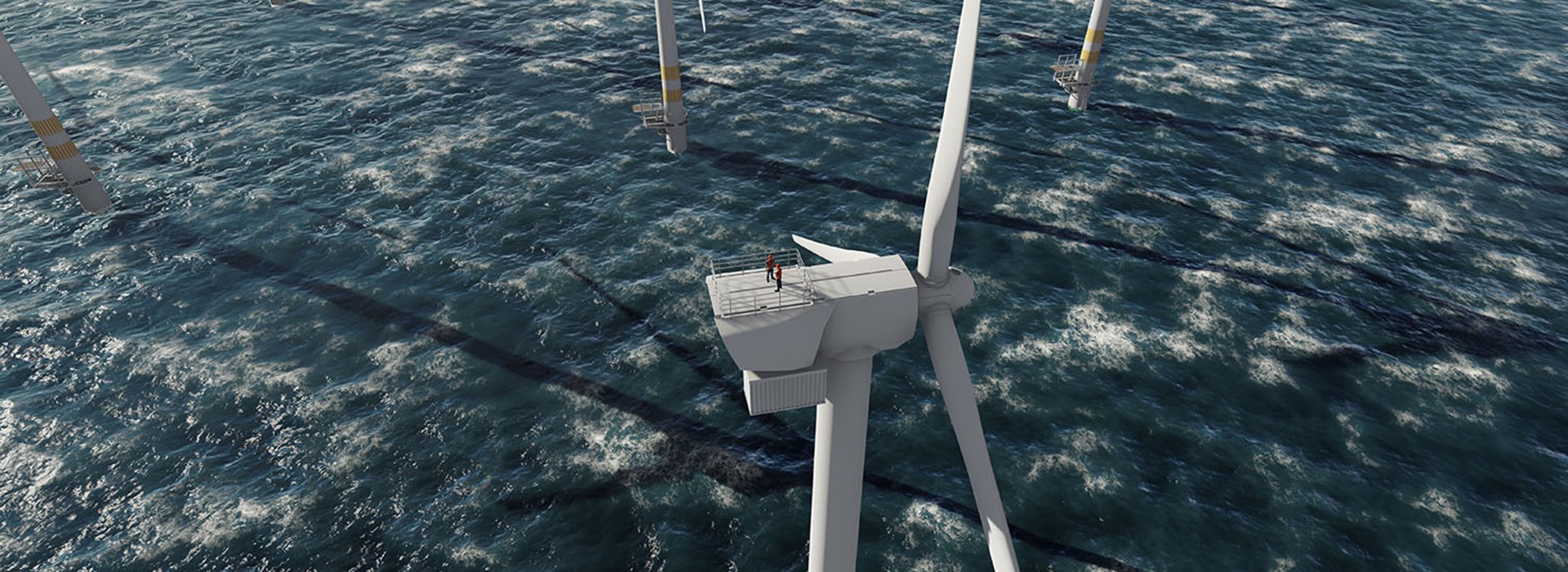Ok
The Offshore Wind Energy sector is an ambitious and fast growing industry. In 2018 offshore wind contributed just 0.3% of the global electricity supply but as efforts accelerate to reduce air pollution worldwide, so the potential for offshore wind energy has increased.
In order to deliver to this growing demand, the wind industry has begun to move further offshore, to build wind farms in closer proximity to each other and to erect larger turbines with greater capacity.
With these new developments come higher risks, not only to the personnel who work in the construction, maintenance and/or decommissioning phases, but also to the environment, assets and reputations of operators. In response to this risk, the requirement for robust emergency response legislation has been recognised and in the UK, the Maritime and Coastguard Agency has produced guidelines for Emergency Response Co-operation Plans (ERCoP).
As such we are finding that increasing numbers of companies within the Offshore Wind Energy Sector have the requirement for experienced consultants to deliver strategic, tactical and operational support to prepare them to respond effectively in the event of a major emergency.
The case study below outlines the challenges faced by one of our clients and reports on the solution, the benefits and the outcome of the Emergency Response Strategy that our RelyOn Nutec Crisis Management Team implemented.
The Challenge:
Our client had taken over as duty holder for an offshore windfarm in South East England. Their emergency response arrangements were inherited from the previous duty holder and gaps in regulatory requirements had been identified.
The Solution:
We worked with the client to review their current emergency response arrangements, looking at a range of factors, for example;
- Identifying the major risks to personnel
- Analysing the current resources available to respond in the event of an emergency occurring
Our Crisis Management Consultant led the project, liaising with the client during every stage. The Emergency Response Plan was subsequently reviewed and updated in accordance with current operations and legislative requirements as set out by the MCA.
Personnel roles and responsibilities were reorganised to suit current operations and the new plan was rolled out to all team members assigned with designated emergency response duties.
All ER team members took part in a one day training session which was followed up by simulated emergency response exercises, to further embed learning and help with familiarisation of the plan. These were designed and facilitated by our crisis management team and delivered at client premises.
The Outcome:
The client now has a ‘fit for purpose’ Emergency Response Plan that addresses the response to emergencies that may occur during operations.
The training and exercise programme ensures that personnel that respond as part of the emergency teams are fully aware of their own roles and responsibilities. This ultimately leads to a more resilient, effective and confident response should an emergency occur.
